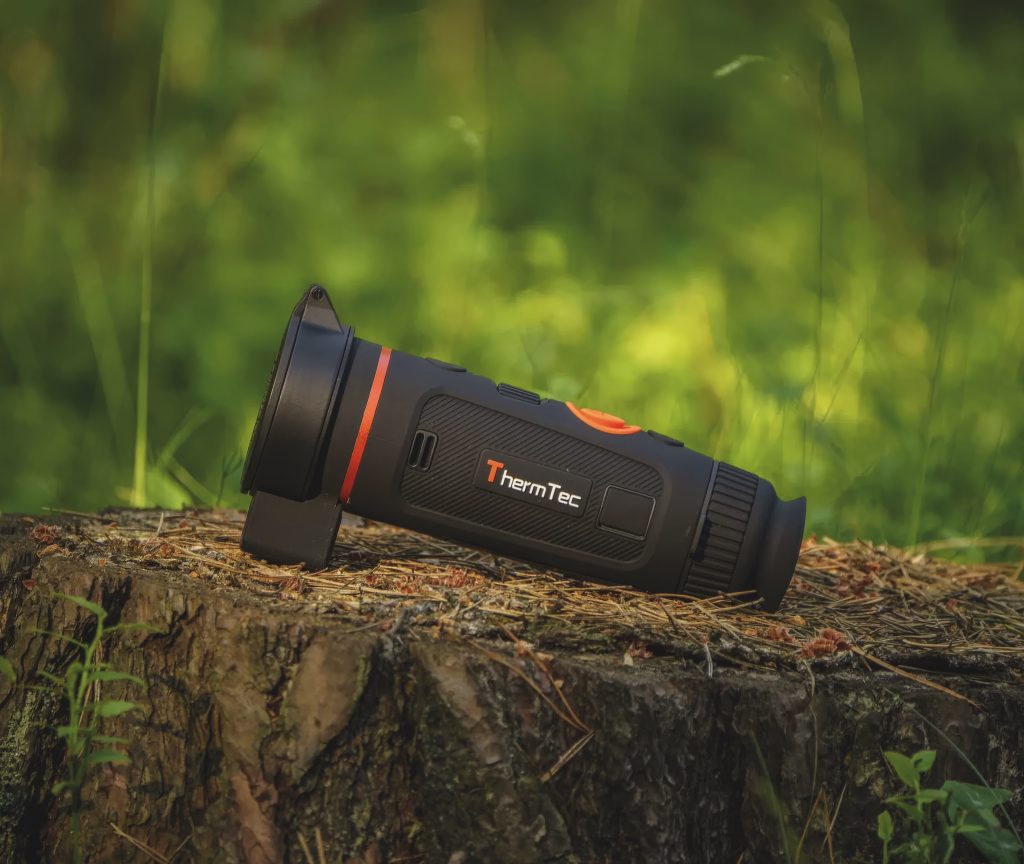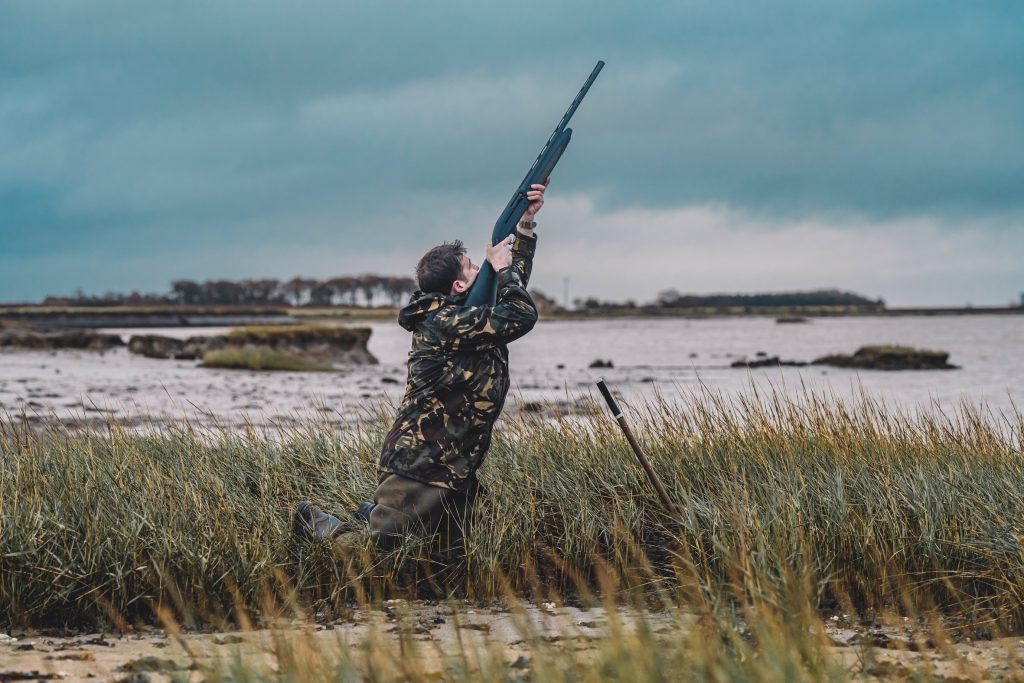Win CENS ProFlex DX5 earplugs worth £1,149 – enter here
Five famous guns and their owners
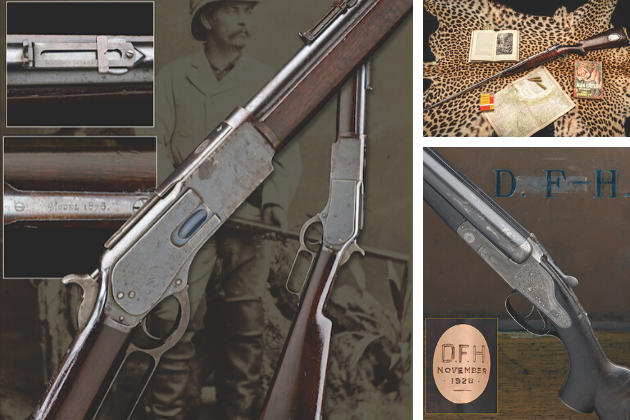
Should my guns eventually be catalogued by an auctioneer, I expect my ownership to make not a jot of difference to the valuation.
Frankly, nobody is going to pay more for the bragging rights of owning a gun once waved at pheasants in my distinctly average hands.
If, however, a gun once graced the crooked arm of England’s greatest shot, a famous big-game hunter or a writer with a cult following, the story is very different. For those bragging rights, collectors will pay handsomely.
Such guns have what the professionals call provenance — a history that is verifiable and evocative, valuable even. Because our best guns last several lifetimes of fair use, their story and that of their owner becomes part of the folklore that attaches itself to the gun.
Five famous guns
Here I examine five famous guns of my choosing — guns that were once the property of our heroes and would hold a hallowed place in any collection.
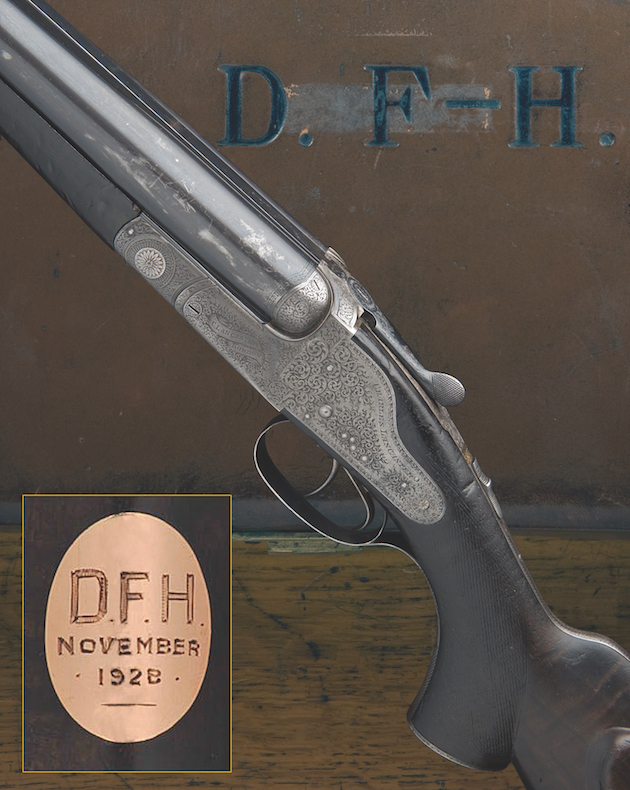
Denys Finch Hatton’s big game rifle, a Charles Lancaster made as a .475 but rebarrelled to a .450.
Denys Finch Hatton’s Lancaster .450
If you have seen Out Of Africa, Denys Finch Hatton is played by Robert Redford. Finch Hatton’s father was Earl of Winchilsea and he was educated at Eton and Oxford, where he proved a good sportsman. Aged only 24, he bought land in British
East Africa and, thereafter, spent
half the year hunting, which was his great passion.
He became a professional hunter in 1925 and his reputation, society connections and prodigious skills brought him many wealthy clients, including Edward VIII when he was Prince of Wales. He flew a Gypsy Moth over his beloved hunting country, but early planes were dangerous and Finch Hatton died when he crashed near Tsavo National Park, in 1931. His grave in the Ngong Hills in Kenya still stands, a lonely obelisk recalling a world long gone.
His double rifle was a Charles Lancaster, made as a .475 in 1911 and rebarrelled to the more common .450 in 1929. Upon his death, it passed to his Eton chum, Viscount Cole, whose family retained it until 1960, when it was sold for £100 to Jock Dawson, another professional hunter. The Lancaster reappeared in 2009, when Holts sold it at auction. It is built with Lancaster’s distinctive back-action sidelocks and weighs 11lb 7oz. The rose gold oval is engraved ‘D.F.H’.
The rifle was won for £27,000 by John Ormiston in a hard-fought battle with Madonna, who had her eye on it as a Christmas present for then husband Guy Ritchie. John reunited the rifle with its original case, which he had acquired a few years earlier, took it back to Africa and hunted big game with it four times, reporting that it still grouped ¼in between shots from each barrel at 56 yards. The rifle sold again, in its case, in March 2010 for £55,000.
Jim Corbett’s .275 Rigby
Jim Corbett is perhaps the best hunter to have put pen to paper. His exploits in India on the trail of man-eating tigers and leopards in the past 40 years of the Raj are magically retold in books such as Man-eaters of Kumaon. Born in India to British parents who were not wealthy, Corbett grew up in the jungle and developed a deep understanding of its inhabitants.
In 1907, the government gifted him a Rigby .275 Mauser rifle to commemorate his slaying of the Champawat man-eater, a tiger that had accounted for hundreds of villagers.
Corbett used this rifle for the next 30 years and practically wore it out. One notable scalp was that of the man-eating leopard of Rudraprayag. The barrel is now almost devoid of rifling and, though well cared for, the .275 has had a hard life of proper hunting in the hands of the most famous hunter of them all.
When Corbett left India at the end of the Raj, he sent his Rigby to his publisher in England. It languished there for years before falling foul of the police when firearms laws were tightened. The rifle was threatened with confiscation and destruction, but found refuge with London gunmaker Paul Roberts, who stored it for several years.
When Rigby was relaunched in London six years ago, managing director Marc Newton rediscovered Corbett’s Rigby and entered into discussions to buy it from the publishers. A deal was struck for an undisclosed fee and the rifle is now the prized centrepiece of the Rigby collection. What is it worth? There are American collectors I know who would almost hand over a blank cheque. However, I’m assured it is staying put in Pensbury Place, its rightful home.
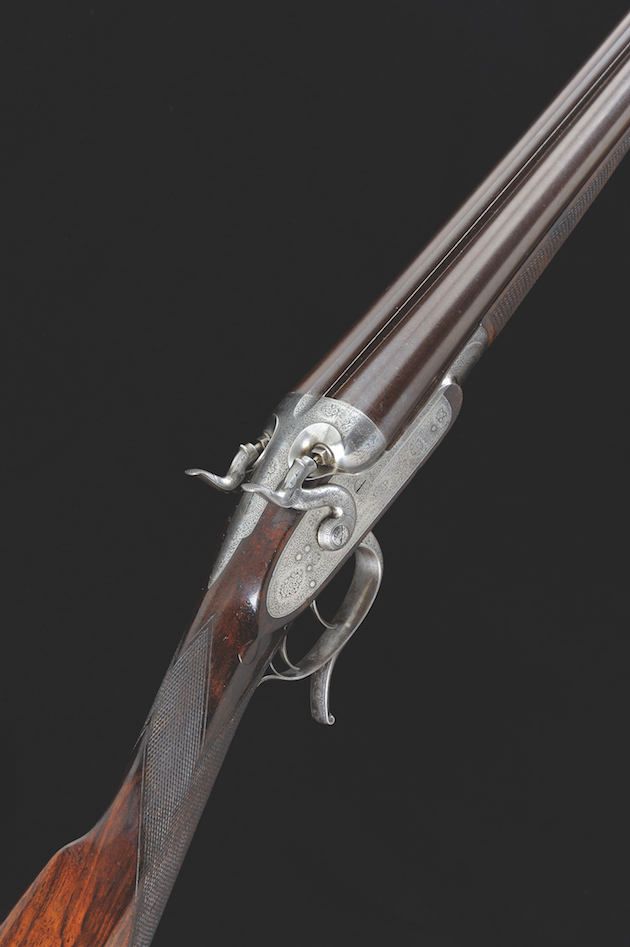
James Purdey & Sons built this 20-bore bar-in-woodlever cocking hammer gun in 1880 for Lord Ripon, the finest shot of his era who accounted for 556,813 head of game
Lord Ripon’s 20-bore Purdey
The 2nd Marquess of Ripon, Frederick Oliver Robinson, formerly Earl de Grey, was the finest shot of his era according to everyone who expressed an opinion at the time. He died in 1923, on the grouse moor, having accounted for more than half a million head of game, from rhino, through snipe, to bat. If it ran or flew, he probably shot it.
Ripon got through a lot of guns. His generation lived during a period of rapid improvements in sporting guns. He most notably shot with a trio of Purdey hammer guns, with 30in barrels and back-locks of the island style. However, one of his most interesting guns is a 20-bore Purdey with bar locks and 33in damascus barrels.
Experimentation with smaller bores and longer barrels was something of a craze around 1880 with Ripon’s set. Lord Walsingham had Purdey build him a 16-bore hammer gun, with 33in barrels, which he later had shortened.
Ripon’s 20-bore showed relatively little wear considering the amount of shooting he did, so it is fair to deduce that it wasn’t one of his favourites. His 12-bores are on their second set of barrels and are worn out. The 20-bore sold three or four years ago at Gavin Gardiner’s for £15,000, which seemed a reasonable ticket for a beautiful quality small-bore with uniquely long barrels, once owned by the most famous wing shot of all time.
Ernest Hemingway’s 12-bore pigeon gun
Hemingway was the original literary ‘man’s man’ and he has a cult following among a certain crowd, especially in America. His guns, therefore, attract a lot of attention.
He hunted Africa famously and wrote some of the best-loved African adventure stories — Green Hills of Africa and The Short Happy Life of Francis Macomber come to mind. As a life-long hunter, he had numerous guns and rifles.
However, his most notorious firearm was the last one he handled. When Hemingway decided he had had enough of physical and mental decline and shot himself, on 2 July 1961, it was widely reported that he had done so with a Boss shotgun.
However, later research by Silvio Calabi uncovered that remaining parts of the gun, which had been sent to a local welder for destruction, were not from a Boss. It is apparent now that the gun he actually used was his favourite live-pigeon gun, made by W & C Scott.
It was a Monte Carlo B model, which Hemingway acquired in 1948 while in Italy working on Across the River and into the Trees.
It was a long-barrelled pigeon gun with straight hand stock and cross-bolt. Were it intact and available today, it would, doubtless, be very valuable.
However, perhaps it is fitting that it is now at rest rather than serving as a ghoulish reminder of the uncomfortable death of one of the 20th century’s great literary figures.
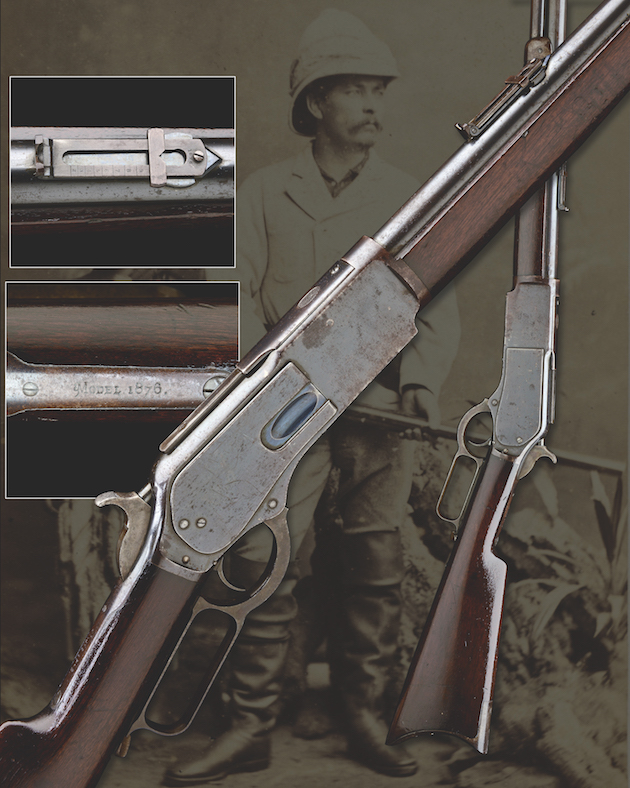
Charles Morton Stanley said his Winchester .45-75 was “for a fighting weapon the best yet invented”
Henry Morton Stanley’s Winchester
If there is a Victorian life more remarkable than that of Stanley, I have yet to read of it. From the poverty of a workhouse childhood to adventure, migration, notoriety and fame — eventually to the respectability of a seat in the Commons, genteel retirement and personal wealth. Stanley eventually died in his bed in 1904, aged 63, but he really had no right to.
Among his missions, he rescued Emin Pasha from the Mahdi, travelled the length of the Congo, found the lost missionary Dr David Livingstone and aided the monstrous King Leopold of Belgium in creating the Congo Free State as his own personal empire.
While traversing the unexplored depth of the vast African continent, Stanley carried and used modern weapons, without which he would have been killed on numerous occasions. Among them was a Winchester model 1876 in .45-75 calibre. He claimed it was “for a fighting weapon the best yet invented”. Not surprising, considering the British Army was using single-shot Martini-Henry rifles.
The Winchester must have seemed incredible by comparison. Strong, quick to shoulder, delivering a powerful 350gr bullet and offering a rapidity of fire that was unsurpassed. For jungle fighting, it was ideal. A skilled shot could kill 12 opponents up to 150 yards away in as many seconds.
Stanley bought his Winchester from Watson Bros in Pall Mall in 1879. In 2009, it sold at Holts for £36,000. To me, it is perhaps the greatest single piece of living firearms history and epitomises the era in which it did its work. Guns like the Winchester and men like Stanley conquered the world.
Provenance is topical with recent reports that Prince Harry has sold his two Purdey rifles for £50,000. The bolt-action model he would have owned retails for £70,000, so the buyer got a bargain. I suspect these famous guns will hold their value well.
Related Articles
Get the latest news delivered direct to your door
Subscribe to Shooting Times & Country
Discover the ultimate companion for field sports enthusiasts with Shooting Times & Country Magazine, the UK’s leading weekly publication that has been at the forefront of shooting culture since 1882. Subscribers gain access to expert tips, comprehensive gear reviews, seasonal advice and a vibrant community of like-minded shooters.
Save on shop price when you subscribe with weekly issues featuring in-depth articles on gundog training, exclusive member offers and access to the digital back issue library. A Shooting Times & Country subscription is more than a magazine, don’t just read about the countryside; immerse yourself in its most authoritative and engaging publication.






